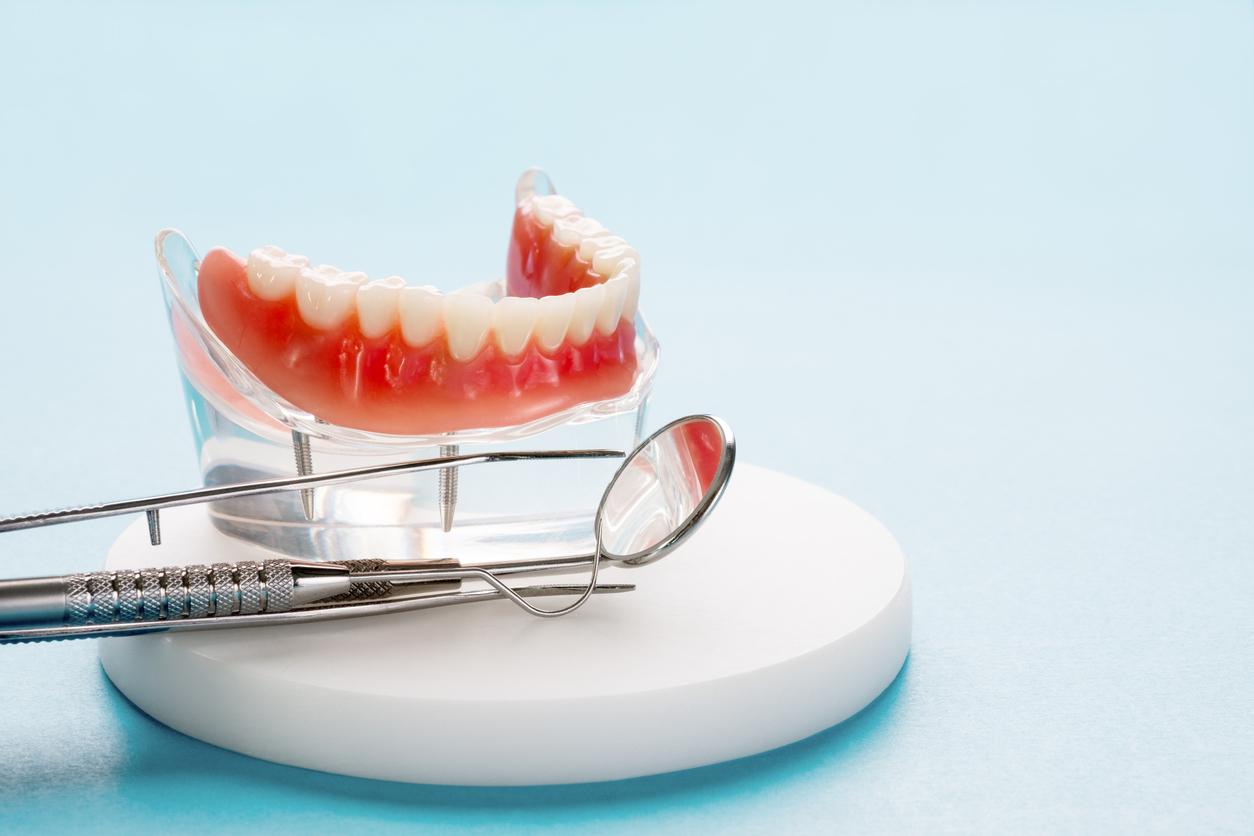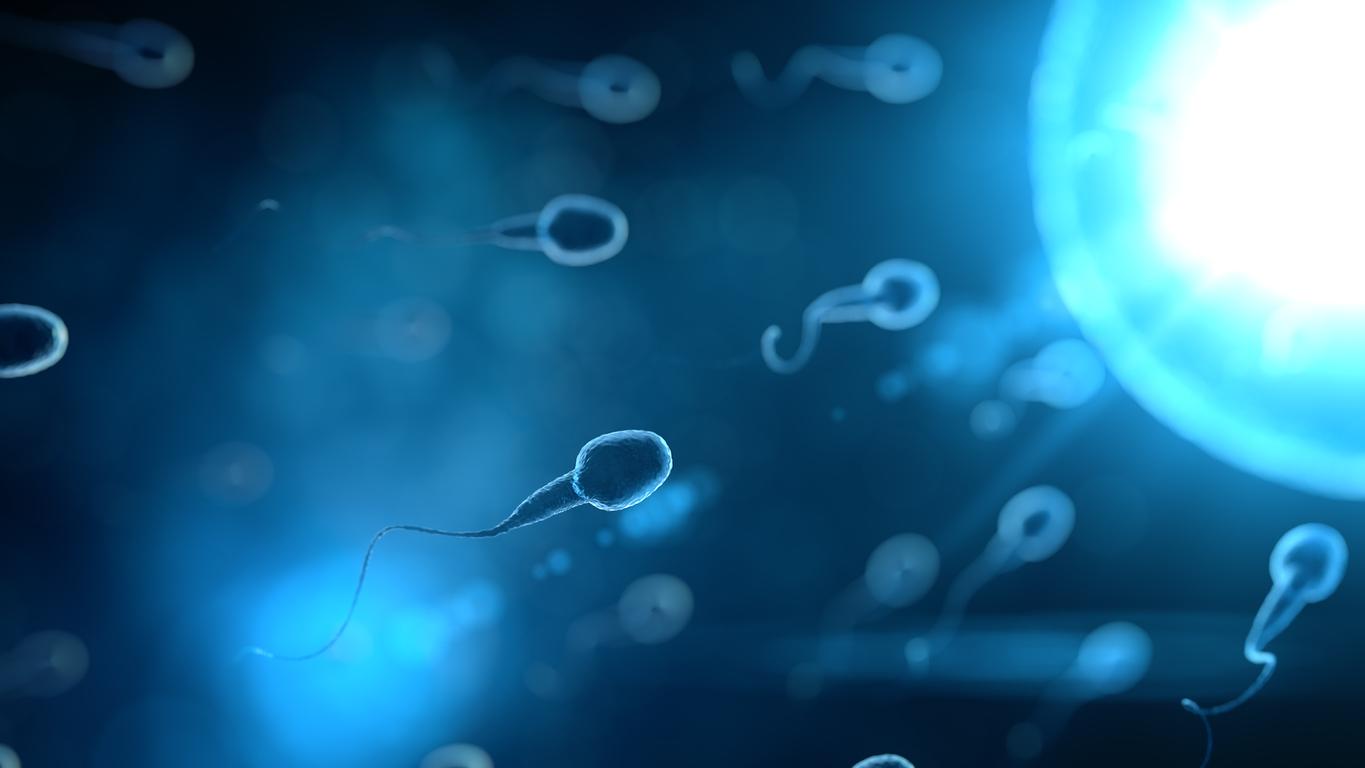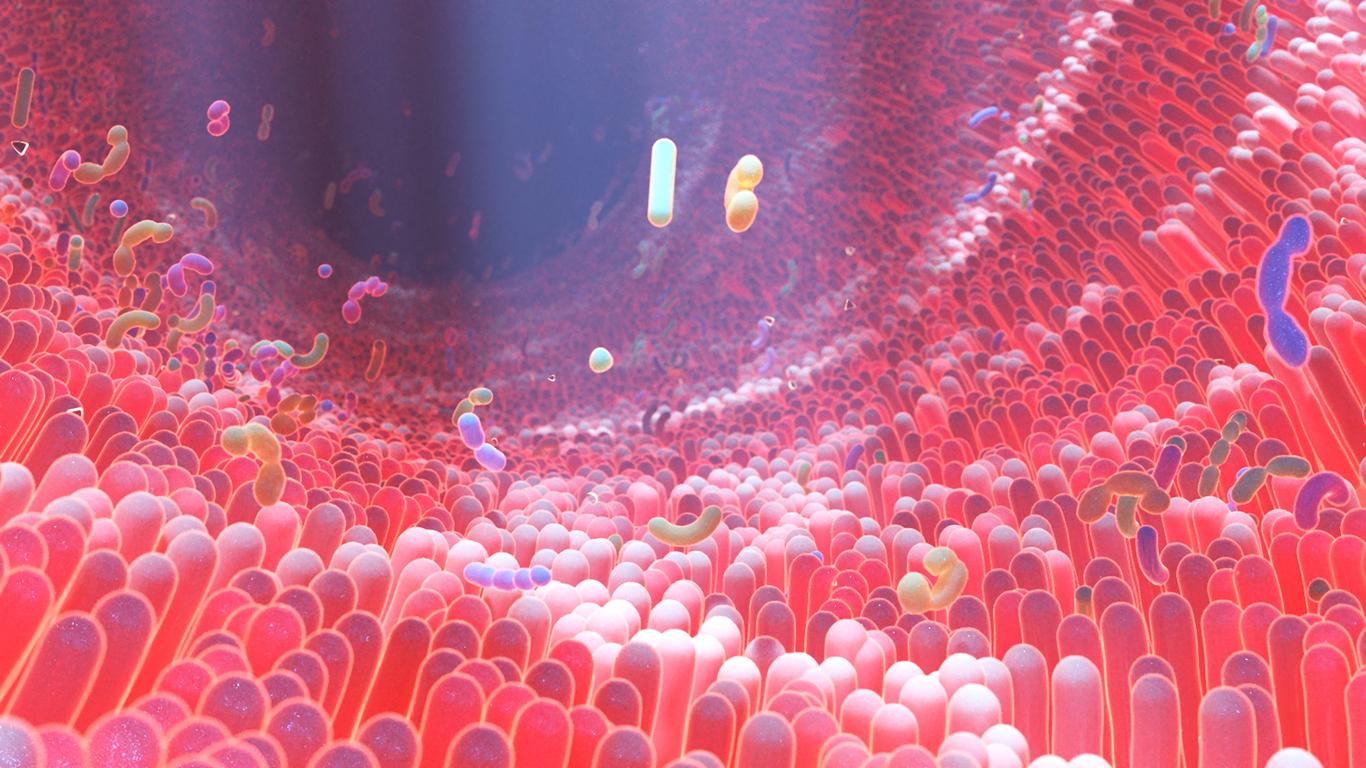According to a new study, continuous exposure to semen may strengthen women’s cervico-vaginal tissue, reducing the risk of HIV infection. This could explain why so few sex workers are infected with AIDS compared to the risks involved.

In 2018, 770,000 people died of AIDS worldwide. If this is a third less than in 2010, the fight against AIDS is not progressing fast enough, regrets the UNAIDS, the Joint United Nations Program on HIV/AIDS. This is why researchers are determined to try to better understand the disease in order to eradicate it. Recently, American scientists made a major discovery on the subject.
If it is through the sperm of a man that a woman catches HIV, the semen would however have some protective effects, they reveal in an article published this Wednesday, August 21 in the review Nature. Because according to them, frequent and sustained exposure to sperm could modify the characteristics of the immune cells of the circulating and vaginal tissues targeted by the infection, thus reducing the risks. This could explain why few sex workers are infected with AIDS despite high-risk activity.
In 2015, these same scientists had already proven that continuous exposure to semen in prostitutes leads to changes in cervico-vaginal tissue. But the researchers wanted to know if sperm could be an HIV resistance factor in itself. “Although HIV infection has existed for over 30 years, this is the first study describing how exposure to semen over time could lead to local tissue changes that limit HIV infection in humans,” says Luis J. Montaner of the Wistar Institute in the United States, lead author of the new study.
High levels of antiviral factors in cervico-vaginal tissues
With colleagues at the University of Puerto Rico, he administered low intravaginal doses of simian immunodeficiency virus (SIV) to primates. This HIV-like virus causes a disease similar to AIDS in these animals.
The researchers were thus able to observe that primates exposed to sperm (twice a week for five months) had a 42% reduction in the risk of infection. By analyzing specific markers of immune activation in the cervico-vaginal microenvironment and in the bloodstream, they discovered that, on certain cells, sperm was associated with lower expression of the CCR5 receptor. The latter allows HIV to enter its host cells.
In addition, the animals exposed to semen also showed higher levels of the cytokine CCL5, a natural HIV suppressor, at the cervico-vaginal level. Finally, the researchers observed that this repeated exposure led to high levels of antiviral factors such as the MX1 protein in the cervico-vaginal tissues.
“As well as defining a new factor that could regulate HIV transmission, this unexpected finding could have a direct impact on the design of future HIV vaccine studies that typically enroll female sex workers. suggests that sex without a condom only promotes the likelihood of infection. Our observation, however, raises the hypothesis that frequent exposure to semen may potentially reduce HIV transmission.”
Condoms are essential
“It is important to note that we only demonstrate that exposure to sperm can promote host resistance, but does not protect against infection”, insists Luis J. Montaner, however. And to conclude: “Therefore, our data do not change the fact that prevention methods, such as condom use and PrEP (pre-exposure prophylaxis), remain our best strategies for preventing infection”.
PrEP, an HIV preventive treatment, is increasingly popular with young homosexuals in Western countries. According to a French study published in July and carried out on 3,000 people for three years, not only would this method be almost 100% effective, but it would also be well tolerated by patients.
A few weeks ago, an American laboratory announced that it had developed a new subcutaneous implant, capable of delivering this treatment for at least a year. The tool was successfully tested on 16 breast patients for three months. Phase 2 of the clinical trial has been launched.

.















